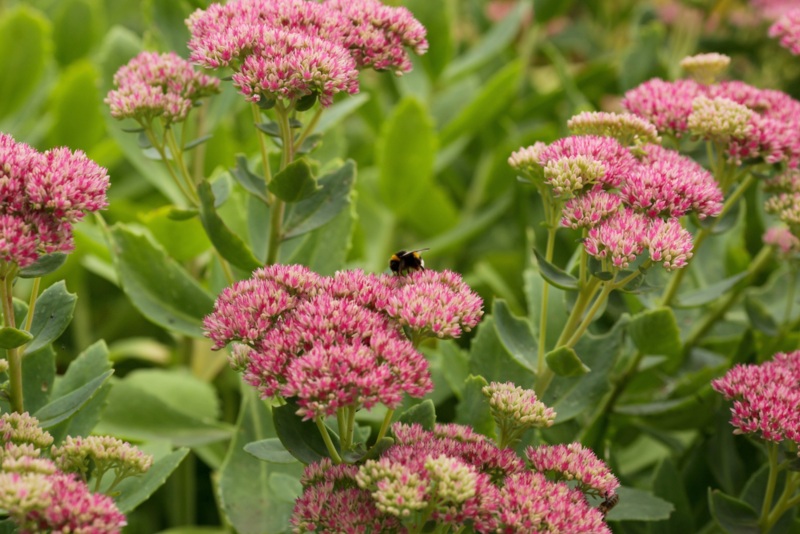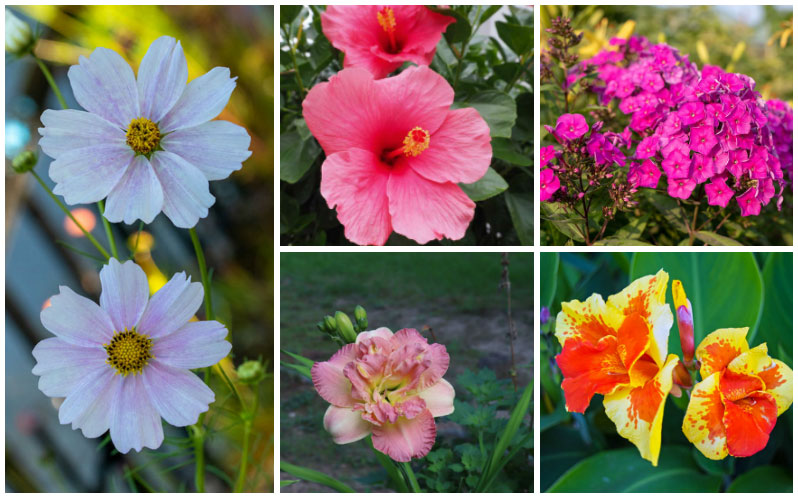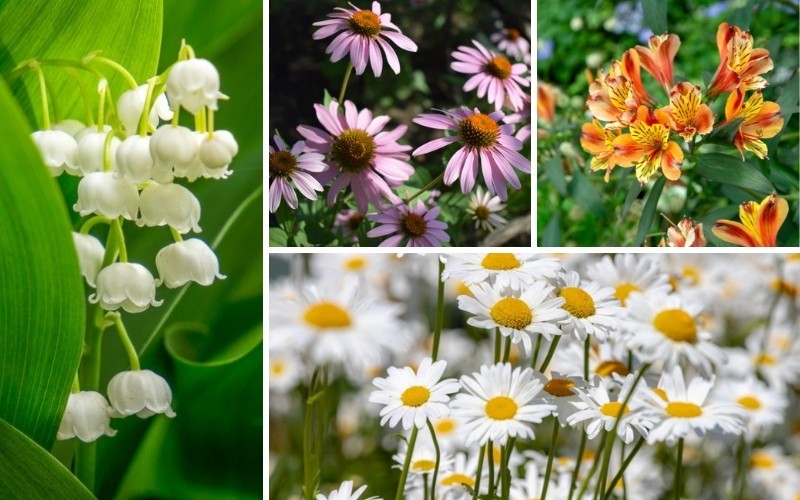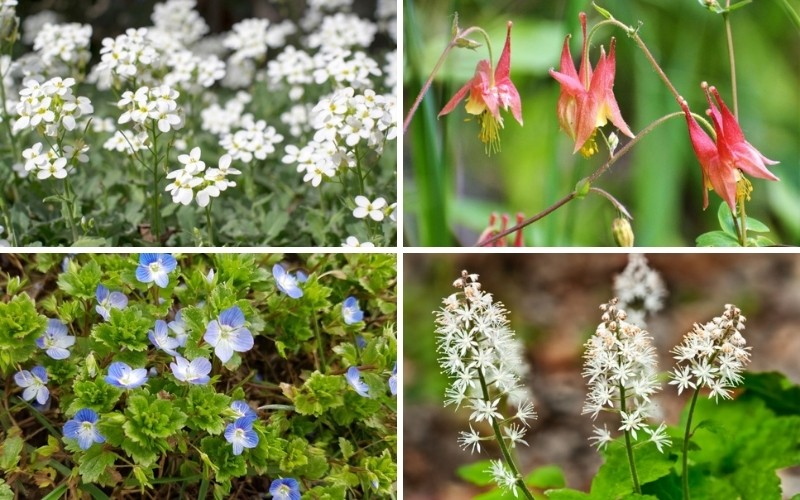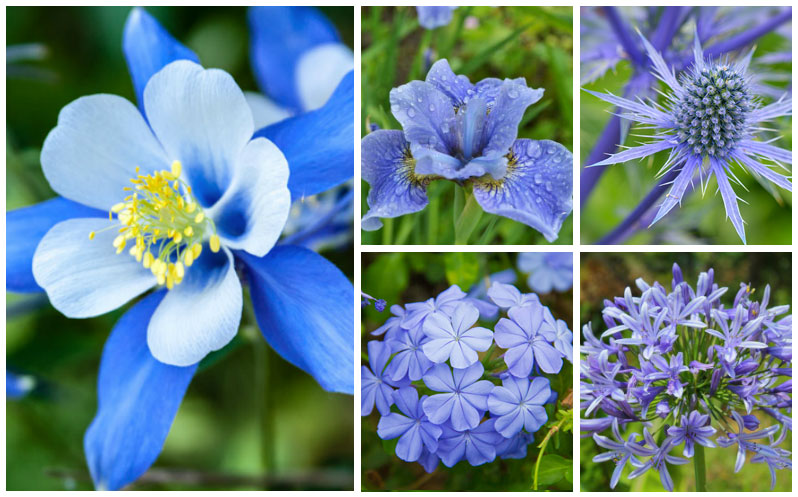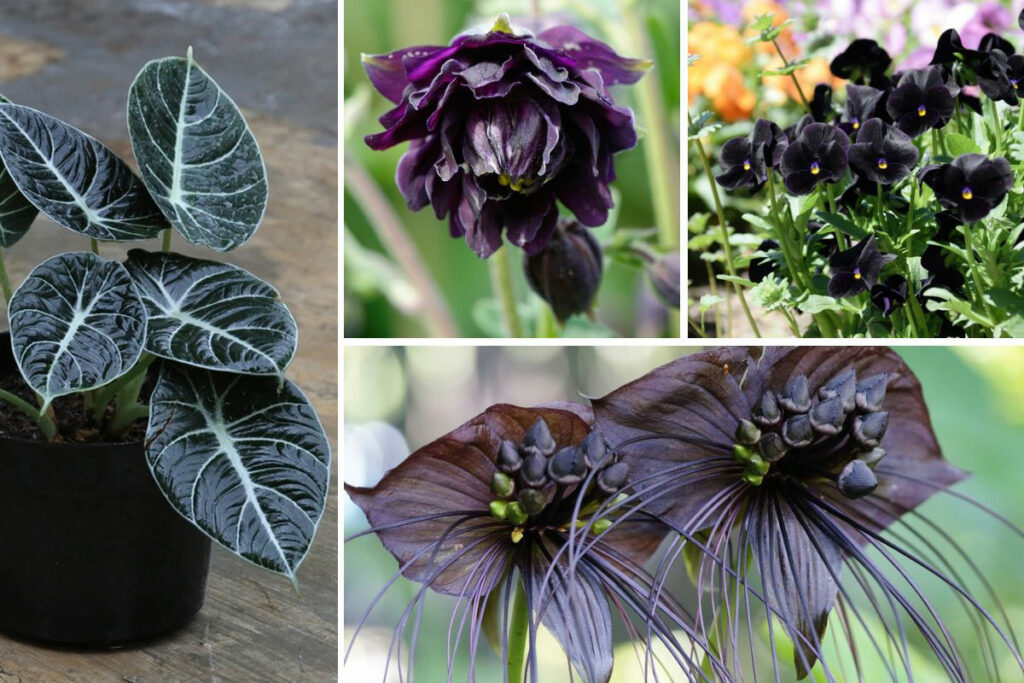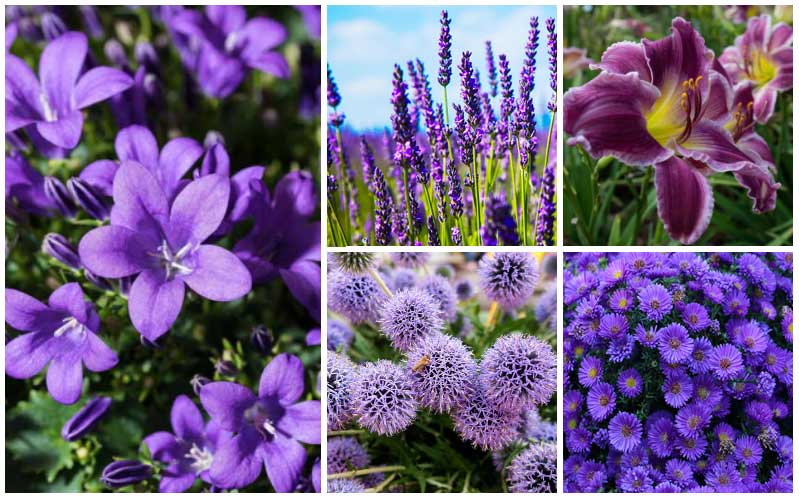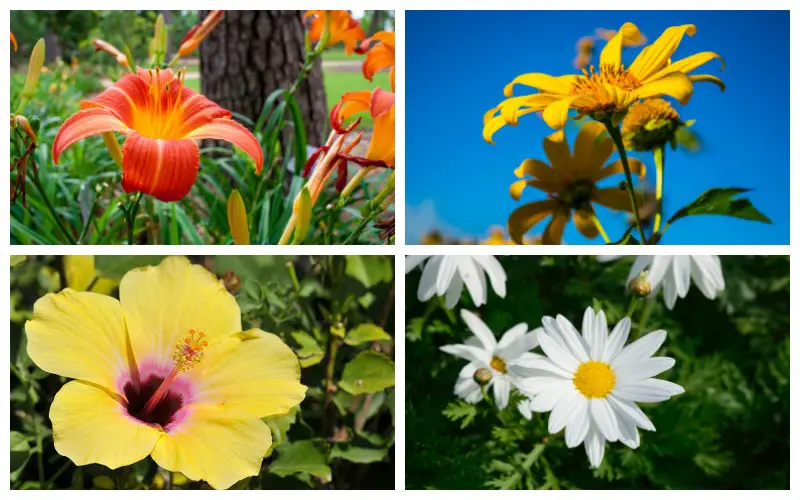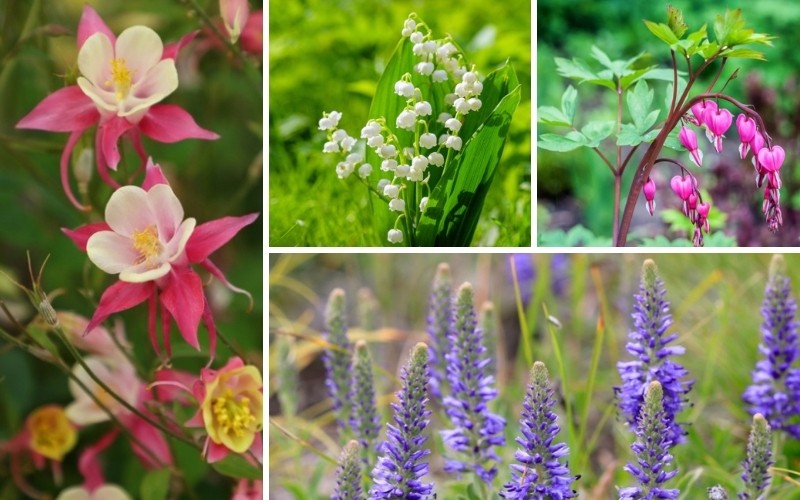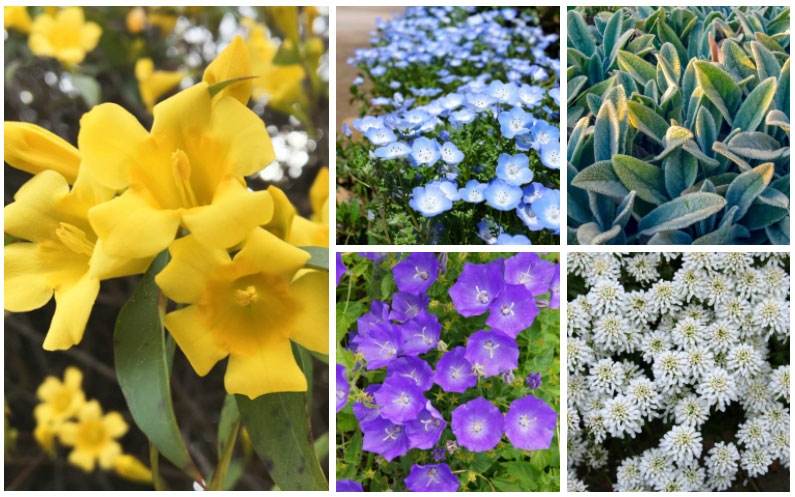
There are many places that you can use trailing perennials in your landscaping. They often make a great addition to flowerbeds, where they can serve as natural borders.
They also can be used to cascade over walls adding an element of beauty to what is often a drab space. Their bright flowers often let you spruce up a dull space.
There are many outstanding trailing perennials, but you will want to consider these 10.
Carolina Jasmine
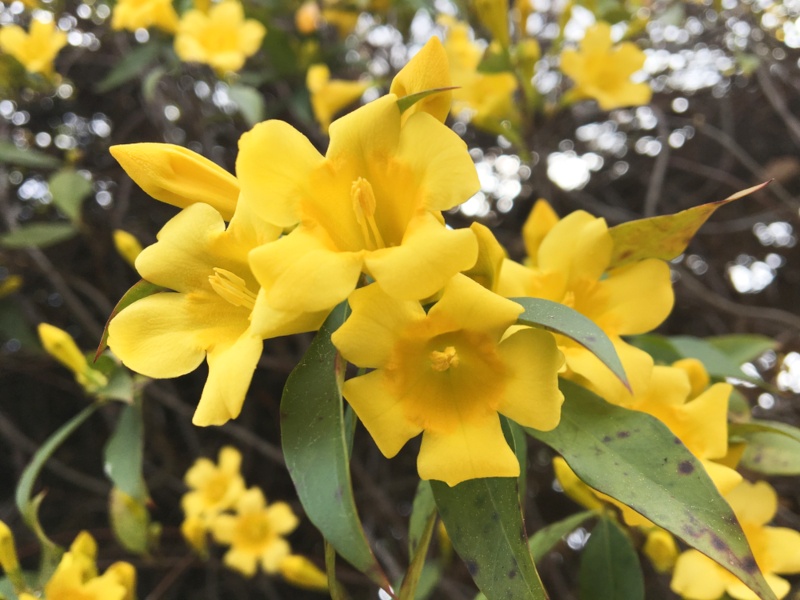
A native of the Carolinas where it is often seen growing up tree trunks, Carolina Jasmine puts on canary yellow, 1.5-inch long, funnel or trumpet-shaped blooms in late winter that last to mid-spring. Most varieties have evergreen leaves, but there are varieties where the leaves turn golden in the fall.
Moss Verbena

A native to South America, moss verbena will bloom all spring and summer, making it useful as a ground cover. It can reach heights up to 12-inches tall. Small clusters of violet or pink flowers will appear among its fern-like leaves. You should directly sow moss verbena seeds in late fall.
Evergreen Candytuft
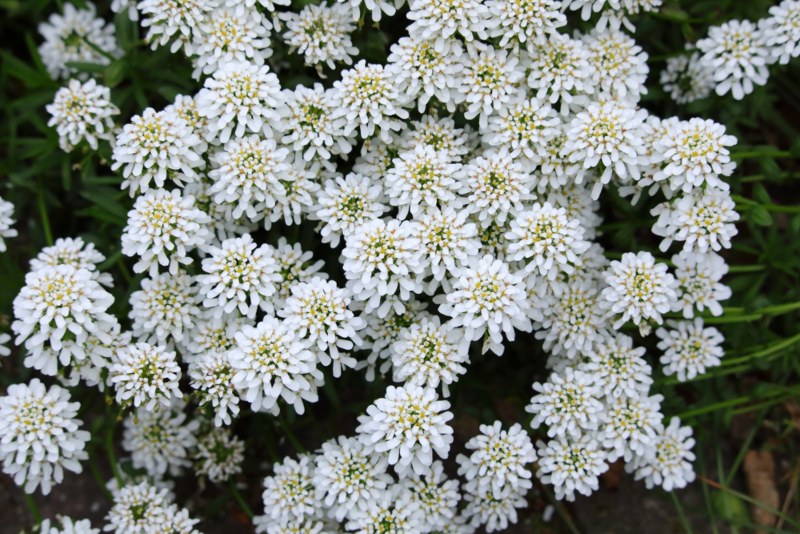
Extremely useful as a border plant, evergreen candytuft will put on many flat clusters of 4-petaled snow-white flowers with yellow centers in the late spring and early summer. This slowly spreading plant can grow up to a foot tall. This evergreen plant loves the sun, and you should ensure that it never stands in water.
Campanula (Bellflowers)
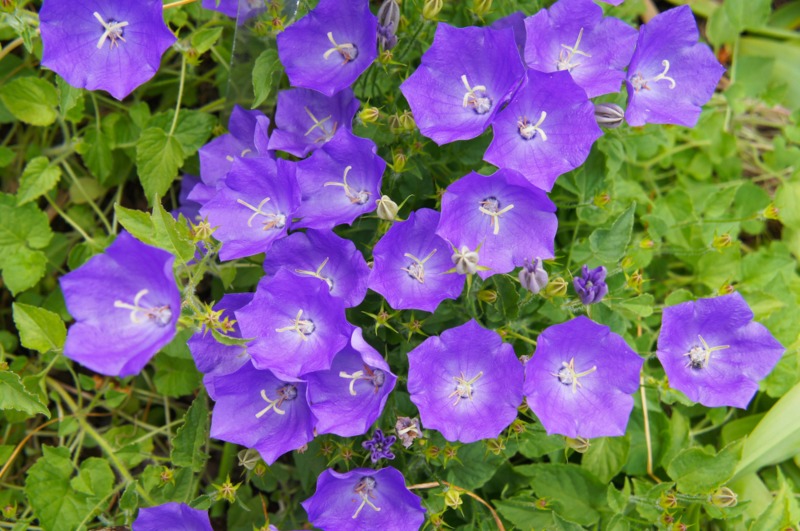
This showstopper will put on upturned, open cup-shaped flowers in mid-summer when most plants are starting to fade and may bloom through October in the right conditions. While most Campanula (Bellflowers) are blue or lavender, you can also find white and pink options. Depending on the option that you choose, they can grow to be between 3-and-30-inches tall.
Creeping thyme
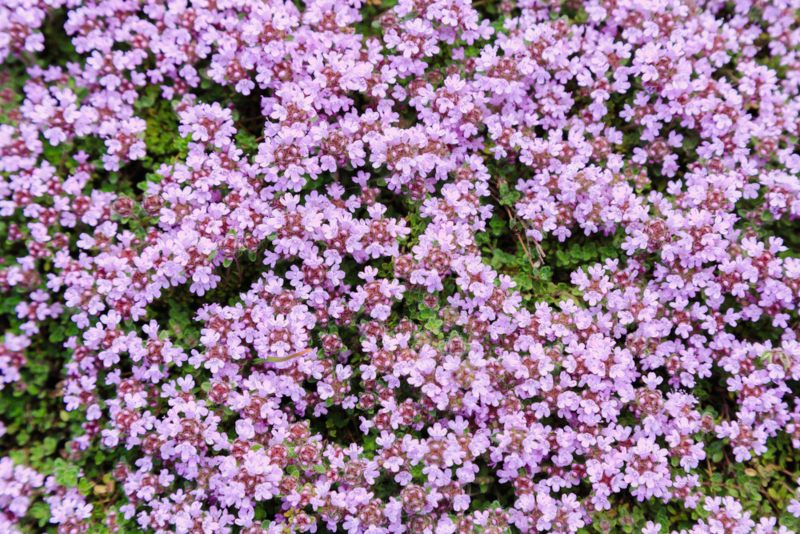
Like other thyme varieties, you can harvest this plant and use them for cooking with or in essential oils. You will love the smell of this perennial when it is growing. It will seldom get over 3-inches tall, which makes it useful as a lawn substitute or to place between paving stones. This trailing ground cover puts on purple or pink flowers in early summer.
Sedum
There is a lot of variation in this family of trailing perennials, but they are all effortless to grow successfully. The smallest varieties can be just a few inches tall while the largest variations are over 3-feet tall. Most sedum options have star-shaped flowers that appear in clusters in late summer and throughout the fall.
Lobelia erinus
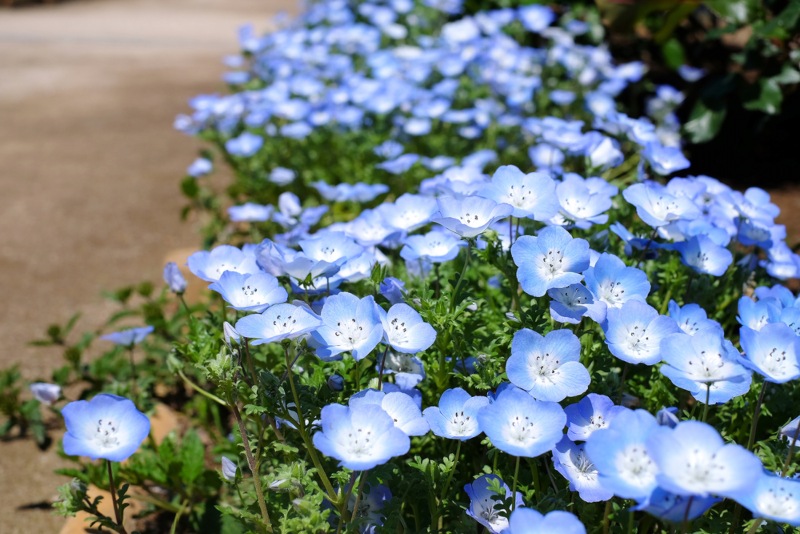
A native of Southern Africa, lobelia erinus does not get over 9-inches tall. This perennial puts on blue-or-purple flowers with yellow-to-white throats and fan-shaped lower lips in mid-spring. Narrow leaves often tinged in bronze are found on this plant. While it is a perennial in colder climates, you may need to replant it every year.
Creeping Jenny
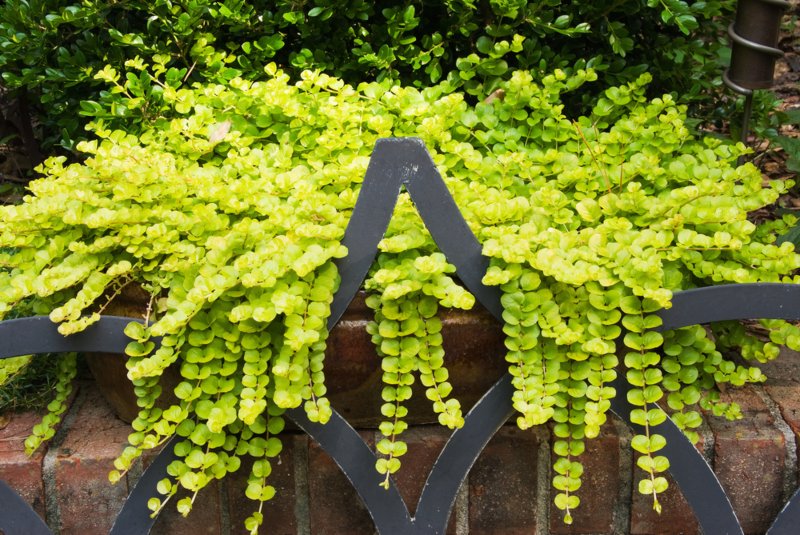
Used for medical purposes since Medieval times to help wounds heal, this plant spreads rapidly. It can grow up the side of buildings or up fences. In the summertime, it puts on canary-yellow, cup-like flowers. When used as a groundcover, it can grow to be 12-inches tall and spread to be 18-inches wide. It will continue to put down new roots as it spreads.
Climbing Nasturtium
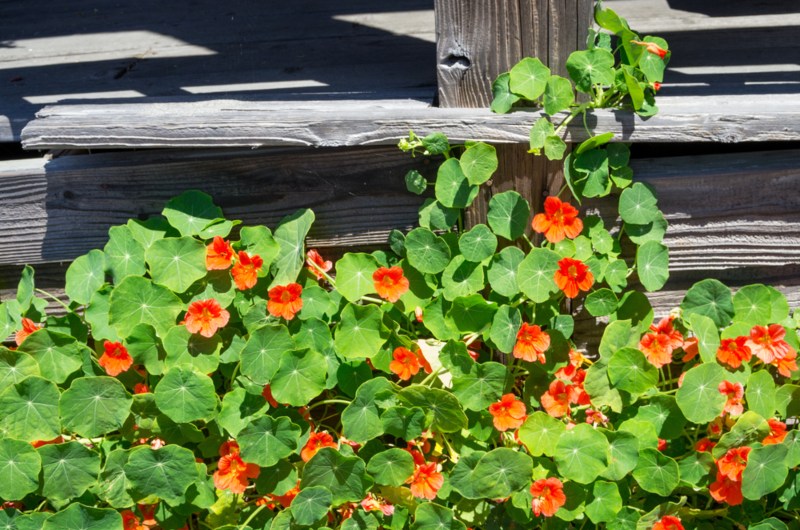
There are more than 50 varieties of nasturtiums, but the climbing variety can be useful to cover buildings or walls. You will need to stake it and train it where you want it to go. They can grow up to 20-feet tall land have beautiful flowers from late spring through fall. If you are one of the people who find yourself continually promising that you will grow a better garden next year, this is the climbing plant for you because it thrives on neglect.
Lamb’s ear
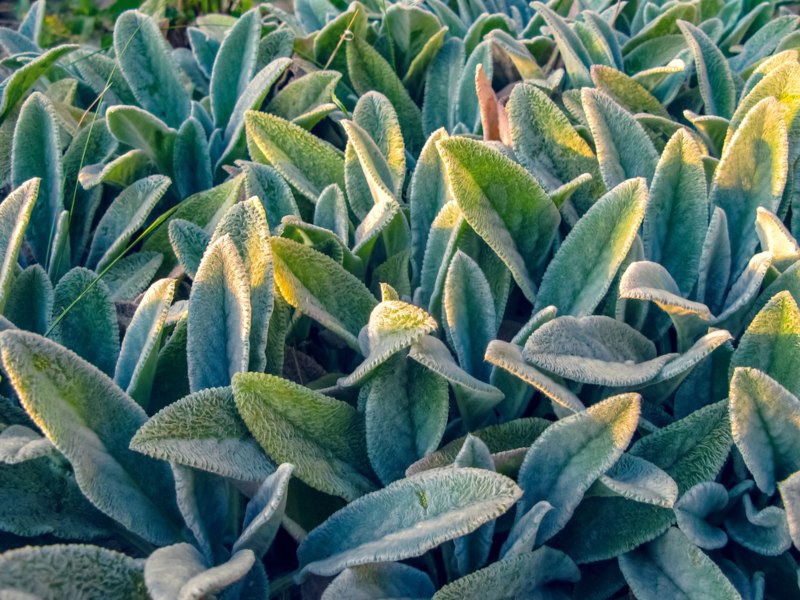
The fuzzy olive-green leaves on this plant look like a lamb’s ear. They are useful as wound covers. During the summer, this plant puts on purple leaves. They often work well in rock gardens because they are drought tolerant. While the summertime flower spikes can grow up to 18-inches tall, the rest of the time, these perennials stay close to the ground. If you find the flower spike ugly, then you can prune it off easily.

